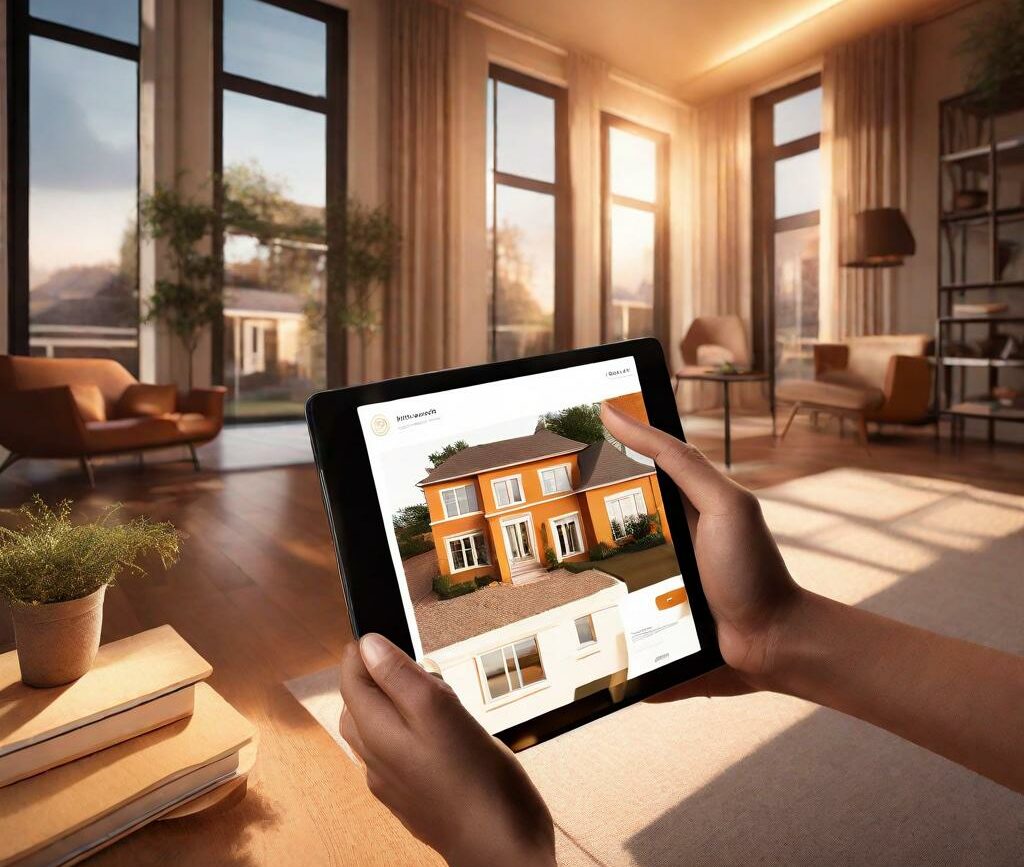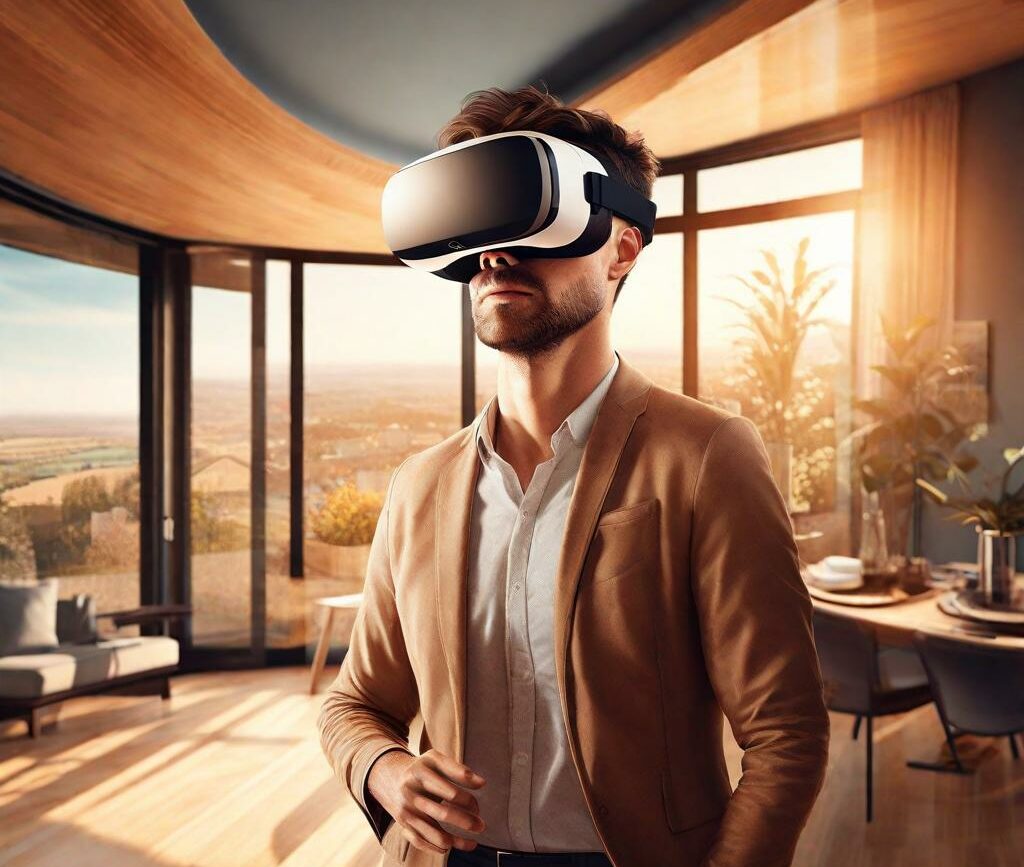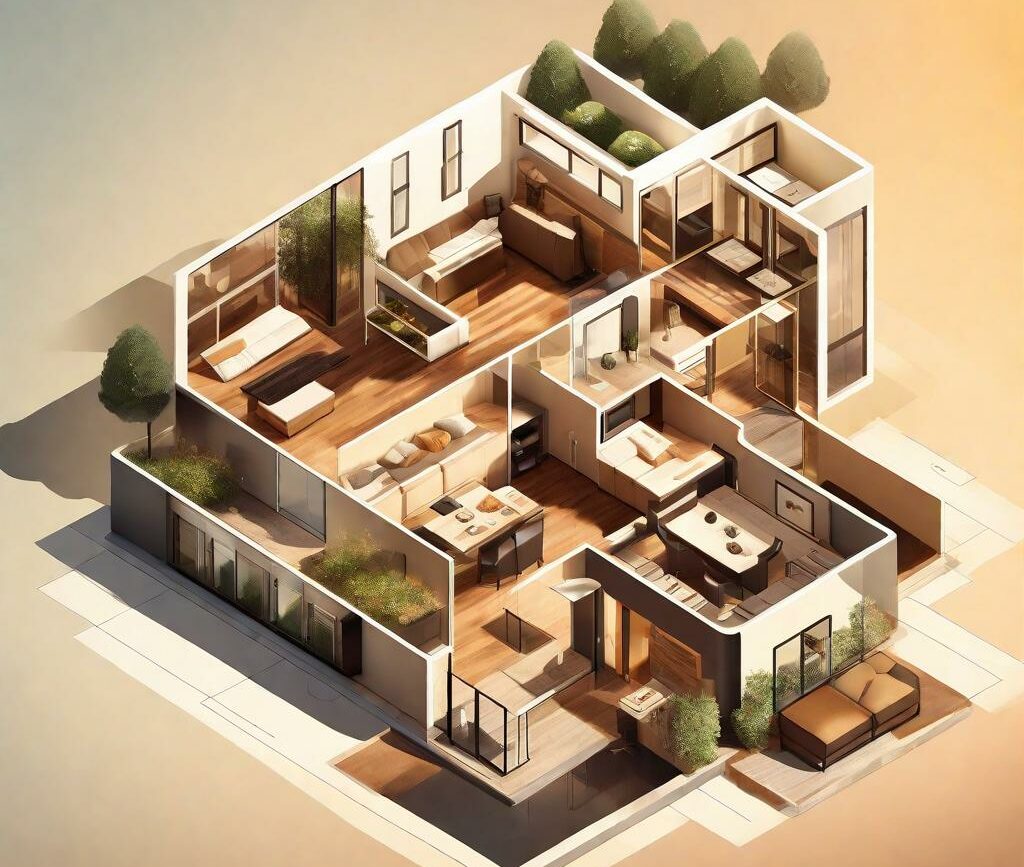
In today’s highly competitive real estate market, having a strong online presence is crucial for property sellers and agents alike. Property websites play a vital role in showcasing listings and attracting potential buyers. However, with the ever-evolving digital landscape, it is essential to go the extra mile to capture the attention of buyers. This is where virtual tours come into play. Integrating virtual tours into property websites has become a rising trend, revolutionizing the way buyers explore properties. Let’s delve into the benefits and explore how virtual tours can enhance the appeal of property websites.
Understanding Virtual Tours

Before we dive into the benefits and integration methods of virtual tours, let’s take a moment to understand what they entail. Virtual tours are interactive, immersive experiences that provide potential buyers with a comprehensive view of a property without physically being there. They utilize various technologies and tools to create a virtual walkthrough, allowing users to explore the property as if they were physically present.
There are different types of virtual tours available, each offering a unique experience. Interactive virtual tours offer users complete control over navigation, enabling them to explore the property at their own pace. Guided virtual tours, on the other hand, provide pre-set pathways that showcase key features of the property. Lastly, 360-degree virtual tours provide a comprehensive view of the property from multiple angles, giving buyers a more detailed understanding of the space.
To create these virtual tours, real estate professionals employ a range of tools and technologies. High-quality cameras and equipment are used to capture detailed images, ensuring a visually appealing virtual tour. These images are then stitched together using specialized software platforms to create a seamless and user-friendly virtual tour experience. Once the virtual tour is ready, it can be integrated into property websites using various embedding methods, further enhancing the overall user experience.
Enhancing User Experience

The incorporation of virtual tours into property websites has a profound impact on potential buyers. Firstly, virtual tours increase engagement and the time spent on property websites. Rather than browsing static images or reading descriptions, buyers can actively explore the property, fostering a deeper connection. This increased engagement leads to improved visualization of the space, layout, and unique property features. Buyers can truly envision themselves in the space, which is often a crucial factor in the decision-making process.
Furthermore, virtual tours offer enhanced accessibility for remote buyers. With the ability to view properties from anywhere in the world, potential buyers who are unable to physically visit a property can still experience a virtual walkthrough. This opens up opportunities for international buyers, investors, or individuals with limited mobility to explore properties with ease. Additionally, virtual tours can be a valuable tool for virtual viewings, allowing buyers to remotely experience a property as if they were physically present.
To ensure a smooth and user-friendly experience, virtual tours can be optimized with intuitive controls for seamless tour exploration. Incorporating interactive hotspots provides detailed information on specific areas, such as pointing out unique fixtures or particular architectural details. Integrating additional multimedia elements, such as floor plans and images, adds another layer of interactivity and enhances the overall user experience.
Mobile compatibility is also crucial in today’s mobile-driven world. Making virtual tours responsive ensures optimal viewing on various devices, from smartphones to tablets. Additionally, leveraging virtual reality (VR) technology can offer a more immersive mobile experience, as users can explore the property using VR headsets. Considering bandwidth and loading speed is equally important, as slow loading times can deter potential buyers from fully experiencing the virtual tour.
Boosting Sales and Marketing

The integration of virtual tours into property websites has proven to have a significant impact on property sales. Firstly, virtual tours generate increased inquiries and lead generation from interested buyers. By providing an interactive and immersive experience, virtual tours attract a more focused audience who are genuinely interested in the property. This leads to higher-quality leads and a higher likelihood of conversion.
Furthermore, virtual tours reduce the need for unnecessary property viewings. Pre-qualified buyers who have explored the virtual tour can make more informed decisions before arranging an in-person viewing. This not only saves time and resources for sellers and agents but also ensures that property viewings are conducted with more serious buyers, improving the efficiency of the sales process.
Virtual tours can also be leveraged as standalone marketing tools. With their captivating and interactive nature, virtual tours can be shared on social media platforms, providing a unique and engaging way to showcase property listings. Additionally, virtual tours can be utilized in online advertising campaigns to grab attention and differentiate the property from competitors. Collaborating with real estate agents and listing platforms can further amplify the exposure of the virtual tours, reaching a wider audience and increasing the chances of finding the right buyer.
Integrating Virtual Tours into the Customer Journey

To maximize the impact of virtual tours, strategically placing them on property websites is crucial. Virtual tours should be easily accessible and prominently displayed, capturing the attention of potential buyers right from the moment they land on the website. Placing virtual tours on the homepage or dedicated landing pages ensures that they are not overlooked and become an integral part of the property browsing experience.
Virtual tours can also be utilized as educational resources for buyers during their decision-making process. Buyers often have questions about the property’s layout, flow, and specific features. Virtual tours can help address these questions, providing a detailed visual representation that traditional images or descriptions may not capture. This empowers buyers to make more informed decisions, ultimately increasing their confidence in the property.
To create tailored experiences, virtual tours can be personalized based on target audience preferences. By analyzing data, such as demographics or buyer preferences, virtual tours can be customized to highlight features that are most relevant to the target audience. For example, a family-oriented buyer may be more interested in the property’s backyard space or the proximity to schools. In contrast, a luxury buyer may be more interested in high-end finishes and amenities. By personalizing virtual tours, sellers can provide a more engaging and tailored experience, ultimately increasing the chances of a successful sale.
Summary and FAQs

In summary, integrating virtual tours into property websites offers numerous benefits for sellers, agents, and buyers. Virtual tours enhance the overall appeal of property websites, captivating potential buyers with immersive experiences and allowing them to visualize the property like never before. By providing detailed information, interactive elements, and mobile compatibility, virtual tours enhance user experience and increase engagement.
Virtual tours have a direct impact on property sales, generating more inquiries, reducing unnecessary viewings, and improving conversion rates. They also serve as powerful marketing tools, showcasing unique selling points and highlighting property features. By strategically integrating virtual tours into the customer journey, sellers increase the chances of standing out from the crowd and successfully selling their properties.
FAQs
1. How do virtual tours affect the buying behavior of potential customers?
Virtual tours have a profound impact on buyers by increasing engagement, improving visualization, and enhancing accessibility. They allow buyers to explore properties and make more informed decisions before arranging in-person viewings.
2. What cost considerations are involved in implementing virtual tours?
Implementing virtual tours may involve expenses such as high-quality cameras and equipment, specialized software platforms, and potentially VR technology. However, the return on investment can be significant due to increased inquiries, reduced viewings, and higher conversion rates.
3. How can virtual tours be optimized for search engine visibility?
To optimize virtual tours for search engine visibility, it’s crucial to ensure that the property website hosting the virtual tour is search engine optimized. This includes using relevant keywords, adding descriptive alt tags to images and videos, and ensuring fast loading times for a smooth user experience.
By embracing virtual tours as a means to stand out from the crowd, property sellers and agents can elevate their online presence and offer an unparalleled experience to potential buyers. As the real estate industry continues to evolve, integrating virtual tours into property websites has become a game-changer, revolutionizing how properties are showcased and sold. So why not take advantage of this innovative technology and give your property website the competitive edge it deserves?

